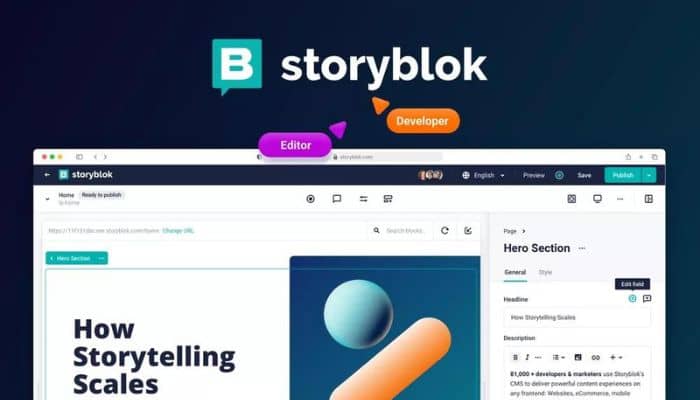Singapore – A survey by HubSpot and LinkedIn, conducted by Milieu Insight, reveals that more than eight in ten (84%) Singaporean companies are leveraging digital marketing for their advertising needs, yet 50% struggle with accurately measuring their return on investment.
The survey found that more than seven in ten (78%) companies using digital marketing have a strategy in place, while more than half (57%) of those without a digital marketing strategy plan to implement one in the near future.
However, the survey indicates that inadequate tracking capabilities may be limiting digital marketing’s effectiveness. Despite widespread adoption of local companies, only 17% of Singaporean respondents strongly believe that a strong digital marketing strategy leads to increased revenue, well below the regional average of 41%.
The report suggests that low adoption of essential tools like customer relationship management (CRM) platforms may be hindering effective tracking of marketing outcomes. Only 41% of Singaporean companies using digital marketing utilise CRM tools, the lowest rate among the surveyed countries.
Furthermore, beyond the low tool adoption, the survey found that 24% of Singaporean companies using digital marketing lack confidence in their team’s ability to effectively use these tools. Additionally, 49% believe their strategies failed to meet organisational goals in 2023, the highest rates among surveyed countries, indicating a potential skills gap in Singapore’s marketing sector.
Matt Tindale, head of LinkedIn Marketing Solutions for APAC, stated, “In Singapore, with the pace at which technology is advancing, there is an opportunity for marketers to enhance their skills. Upskilling and reskilling will not only help professionals adapt to changes but leverage new technology for increased productivity and enhanced outcomes. Findings from the survey indicate that while the majority of local companies are focusing on brand awareness, the real challenge is converting that awareness into actionable growth.”
“With the integration of AI into digital marketing strategies, as indicated by 60% of companies in our survey, Singapore is on the brink of a transformative era in digital marketing. Success requires the use of effective measurement frameworks and tools to support data-driven decisions, which are essential for maximising ROI. One example is LinkedIn’s Revenue Attribution Report, which connects CRM data to information from marketing touchpoints across the customer journey. These can help marketers better demonstrate the impact of their LinkedIn campaigns on key metrics such as pipeline generated, deal cycles, and revenue, ultimately helping them to make better business decisions,” Tindale added.
Meanwhile, when assessing digital marketing impact, over half (52%) of Singaporean respondents prioritise brand awareness, in contrast to the regional preference for sales or revenue as the key success metric.
This trend towards digital marketing is on track to continue in 2024. According to the survey, digital marketing investments are set to continue in 2024, with over a third (35%) of Singaporean companies spending S$10,000 or more monthly. Most allocate 21% to 40% of their marketing budgets to digital channels. Notably, more than a third plan to maintain their current investment levels in 2024, the highest proportion among surveyed countries.
The survey also found that among Singaporean companies with digital marketing strategies, 62% consider social media the most crucial channel, followed by content marketing (50%) and search engine marketing (49%). Nearly half (42%) also rank social media among their top three critical channels for digital marketing activities.
The dominance of social media in digital marketing is evident in budget allocation and tool usage. In Singapore, the survey found that social media marketing commands 23% of marketing budgets, and social media management platforms are the most widely used tools, employed by over 51% of respondents.
Kat Warboys, senior marketing director for APAC at HubSpot, said, “Social selling and commerce are becoming increasingly popular in Singapore, offering a highly effective platform for brands to reach, target, and engage on a personal level with their audience. Despite the growing popularity of social media platforms, brands should avoid being over-reliant on a single channel.”
Warboys continued, “More than half of global customers today leverage anywhere between three and five different channels throughout their buying journey. Success will increasingly be contingent on the ability of brands to establish a presence on the channels their customers and prospects reside on and to leverage CRM platforms to accurately measure the impact of their marketing efforts. This will be essential to actively engage and deliver frictionless experiences to audiences regardless of channel.”
In addition to social media management platforms, Singaporean companies widely use CRM platforms (41%) and email marketing solutions (37%). Integrating these tools with a solid marketing strategy helps brands engage customers across various channels and consolidate data for better measurement and improved customer experiences.
Warboys added, “As the popularity of digital channels explode, the key to success will lie in ensuring customer data doesn’t reside in siloes across multiple platforms. Solutions could include the use of Conversion APIs that enables brands to accurately track and measure the effectiveness of their marketing efforts on social media platforms. As a server-side tracking option, Conversion APIs can still deliver observable data that would otherwise have been restricted by privacy controls, something marketers need to consider as third-party cookies are phased out.”
“By adopting CRM solutions that can seamlessly integrate with such tools, marketers will be better positioned to make the most of information gathered throughout the customer journey. This unfettered information flow can empower marketers with the necessary insights to drive more targeted campaigns, automatically follow up on leads generated from social media, and clearly track ROI of every ad campaign,” she concluded.






